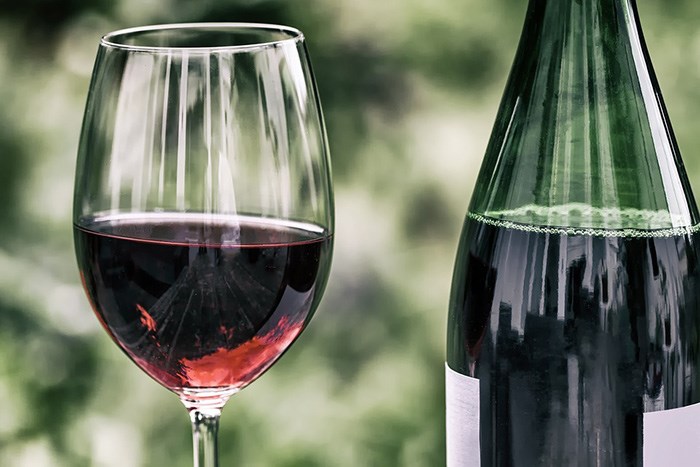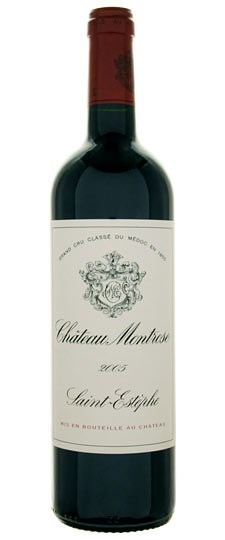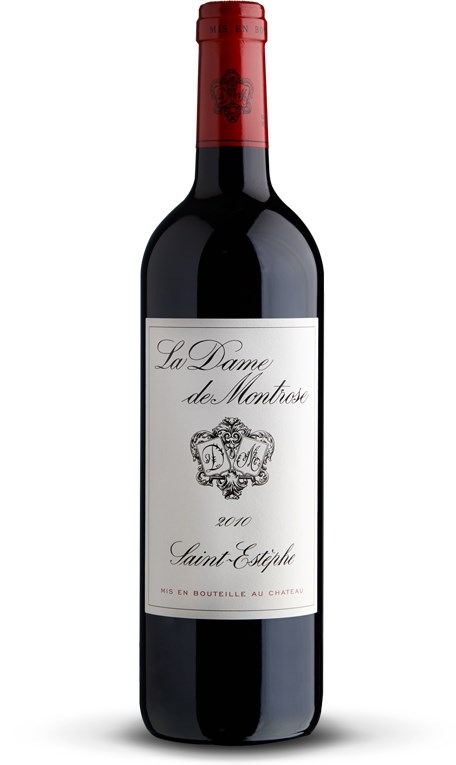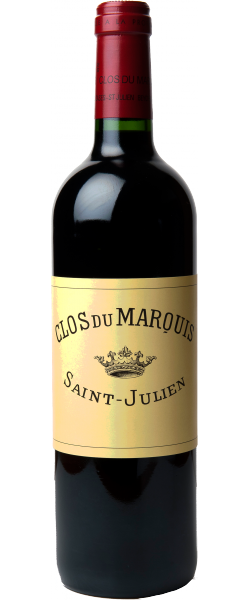Getting into Bordeaux is like playing Super Mario Bros, every time you think you’ve won the prize and slain the beast, you’re told that the Princess is in a different castle. Understanding how Bordeaux’s wines are structured and classified is the key to finding the best value, but that structure is often a labyrinth of seemingly arbitrary tiers and caveats (like secret tubes that warp you to different levels) that can confound and frustrate, something only the nerdiest nerd with no social life could explain.
 Photo: Pixabay
Photo: Pixabay
Let’s start with the categories that often give us the best bang-for-buck, the “Seconds”.
They fall into 3 designations: Second Growth, Second Wine and Second Label,
A Second Growth is a winery that placed second in the 1855 Bordeaux Classification, commissioned by Napoleon III to rate the premium Bordeaux Chateaux based on quality and market price. Every nerd (Hi again!) has their own list of how they’d restructure these wines according to current qualities and prices, but the original list is almost unchanged and still carries prestige and weight. It’s a big deal. The winery can release lesser wines if they choose (see below), but the Second Growth designation only applies to the top tier Grand Vin release.
A Second Wine is a second-tier release from a Chateau (usually a classified growth but not exclusively), like the B-sides. It comes from the same estate and vineyards as the Chateau’s Grand Vin, but is comprised of the lesser barrels, determined by the barrel selection process during blending. Originally intended to boost the quality of the Grand Vin by weeding out the weak barrels (wine by Darwin?), the Second Wines have proven themselves to be excellent value as the general quality of Bordeaux winemaking has improved drastically over the last few decades. A Second Wine retains the character and quality of the Chateau (and often part of the name), but usually at a lesser price and in an earlier drinking style.
A Second Label is an alternate label made from the same winemaking team as the Grand Vin but from different vineyards, like a side project. Tom Petty and the Heartbreakers was the Grand Vin, the Travelling Wilburys was the Second Label. The value is in the talent, if not necessarily the terroir, and there is incredible value to be had if you know where that talent lies.
Make sense? No? Zut. Here we go anyway.
 Photo: Everything Wine
Photo: Everything Wine
Chateau Montrose 2005, Saint-Estephe. This is a Second Growth from Saint-Estephe, the Unforgiving-Latvian-Grandmother of the Medoc villages, offering stern life lessons when all you want is a hug. The tough love works, however, and although it’ll always have a chip on its shoulder, Montrose grows up to be outstandingly rich and successful, but man does it take time to get there. Not gonna lie, even at 12 years in we aren’t there yet, there are promises of cassis and blueberry – even licorice if you’re good – but don’t let the nose fool you. One sip of this backwards beast and you’re spending an hour in a dark closet while you think about what you’ve done. 97 points Robert Parker, $458.99 +tax
 Photo: Everything Wine
Photo: Everything Wine
La Dame de Montrose 2005, Saint-Estephe. Now we’re talking. A Second Wine to a Second Growth, the previously listed Chateau Montrose, and Grandma’s in a waaay better mood, here. Floral hits of red raspberry and cocoa powder precede a tempered, rounded body that’s only just opening up to visitors. The Saint-Estephe wall-o’-gravel is still surrounding the finish – honestly that’s not going to go away – but it supports the fruit with a just-emerging balance that drinks like civilization. $149.99 +tax
 Photo: Everything Wine
Photo: Everything Wine
Clos du Marquis 2009, Saint Julien. A Second Label to a Second Growth, the famous Léoville Las Cases. Started in 1902 with an adjacent but separate vineyard, not part of the historic Léoville estate, Clos du Marquis has always been a tad leaner and grumpier than its neighbour, in truth I only like this wine in riper years. Lucky for me, then, that 2009 happened, ‘cause this is freaking boss. The almost creamy fruit rises to match the ever-present minerality and although we’ve only dipped a toe into Act One, I love where this is going. 94 points Wine Enthusiast, 93 points Robert Parker, $152.99 +tax
Written by Jordan Carrier, Vintage Room Consultant at Everything Wine – River District.


